Seriously, you didn’t know you wanted a Ryobi sander as much as you will when you’re done reading this.
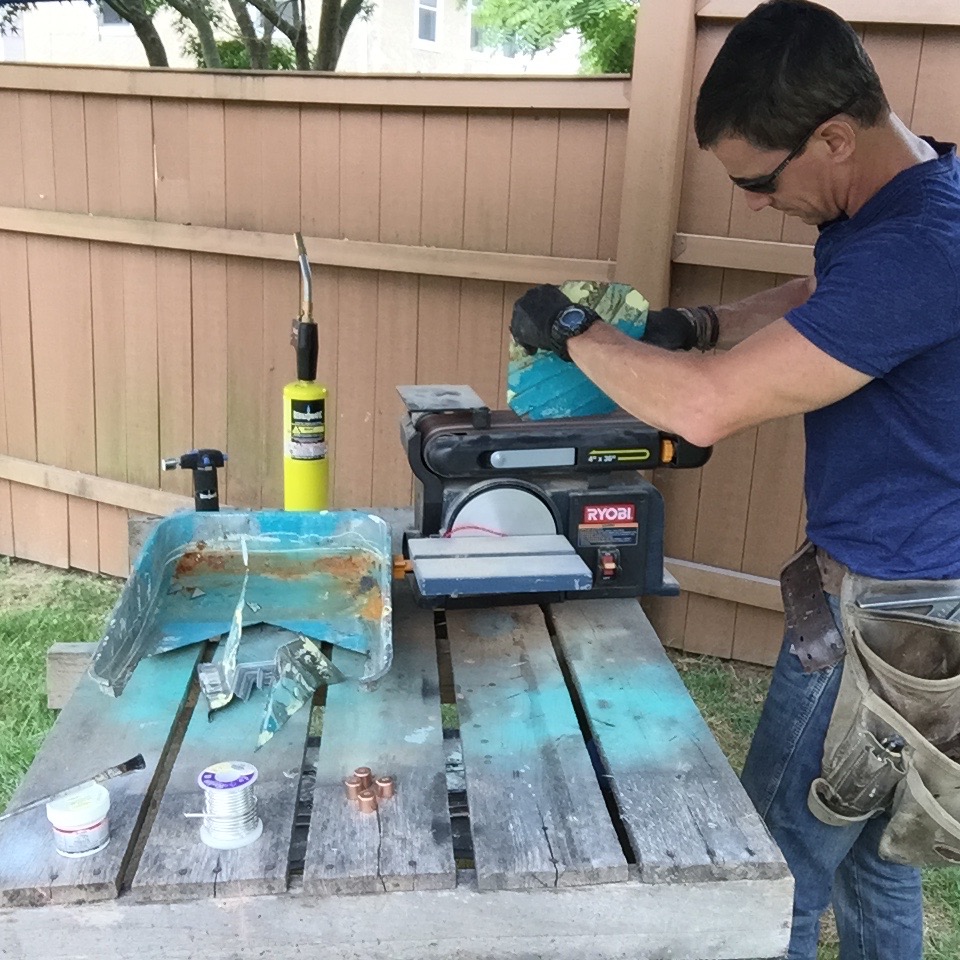
I’m not schilling for the Ryobi sander either. I’ve had the BD4600 in my shop and I use it. Tools I do not use do not stay. That’s how it works.
The unit for sale presently is noticeably neon and has this model number—BD4601G.
What do I use it for? All kinds of stuff—sharpening, grinding, tool tune-ups, sanding, DIY crafty-schmafty stuff. Let’s walk around it. I’d like to hear what you think.
Sharpening.
Sharp tools work best. Obviously. But I draw a distinction between woodworker sharp—hollow ground chisels you can shave with about drool at the precision—and ‘carpenter sharp.’ That’s sharp enough to get the work done which is probably more destructive than constructive.
Not, I hasten to add, because we’re meatheads. Rather because a sharp leading edge on a hammer claw or my Hyde mighty multi-tool doesn’t need to be a scalpel. I’ll cripple that edge by…well, the first time I use it. No, it needs to sharp in the ‘get the job done’ sense of sharp, which means reasonably sharp.
So I use my Ryobi sander to sharpen everything from a hammer claw (I live in the land of rip, not curved, claw hammers) to my uber action, I-beam best-ever demo bar to my lawnmower blade.
I even tune up the tip of my scratch-awl.
Tool tune-ups.
Stuff gets majorly gunked up in DIY and home improvement and I use the Ryobi sander to un-gunk it.
I’ll sand the face of my mighty multi-tool free of gobbed up adhesive. Likewise with my mighty margin trowel. (If you don’t own a few margin trowels for drywall and drywall repair you don’t know what you’re missing.)
Crafty-Schmafty DIY.
I actually sand stuff with the Ryobi sander,too. I love it for pine wood shelf brackets I cut out of a hunk of 1-by with a jigsaw. Since a jigsaw almost never cuts truly square to the face of the board and rarely smoothly, I smooth and square the face of the scroll on the Ryobi sander. I also cleaned up the sharp edges of a metal upcycle craft project—I designed a sink caddy made from an old paint tray—on the Ryobi sander.
The thing weighs about a metric ton (53 pounds) and is a little tough to store (it has a peculiar shape) and the glue on the 6-inch adhesive discs doesn’t like to stick to the platten (not the Ryobi sander’s fault), yet it is quiet, suitably massive for the work and eminently useful. The square guide that it comes with was instantly lost but who cares?
What’s more important is the work you can get done with it. So let’s talk tools. Blow out your comments below or Facebook.
Tools: It’s what we do.

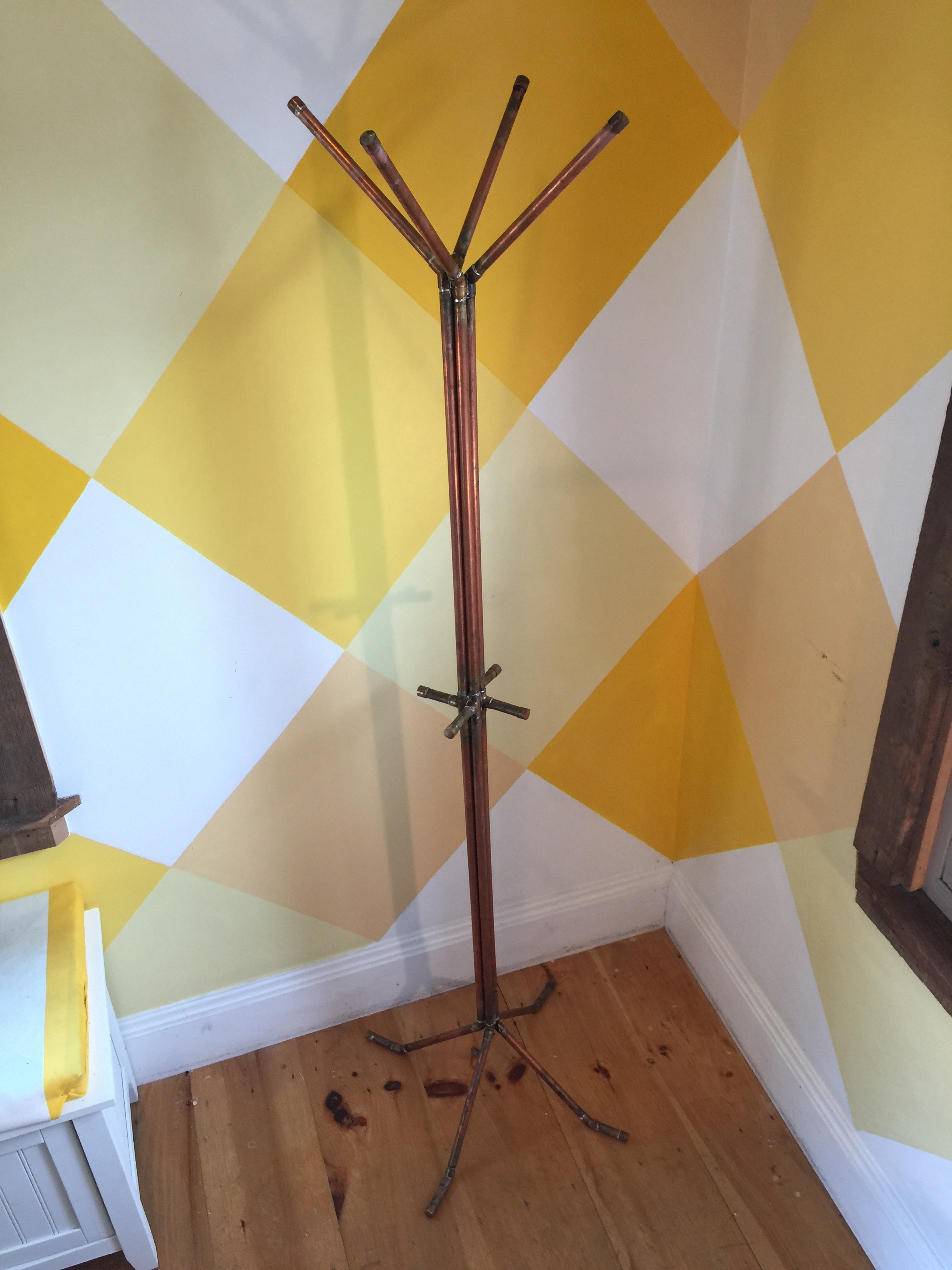
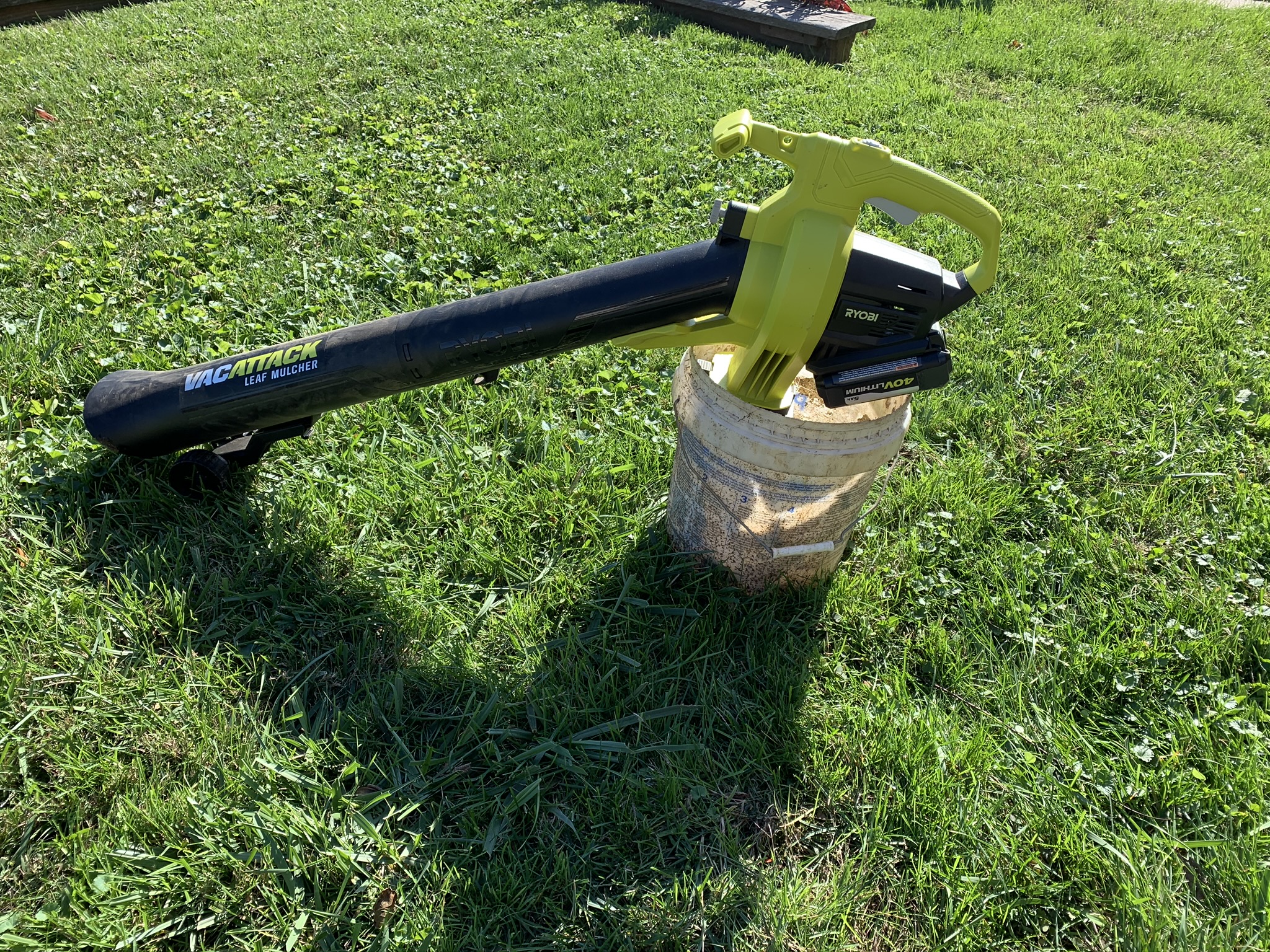
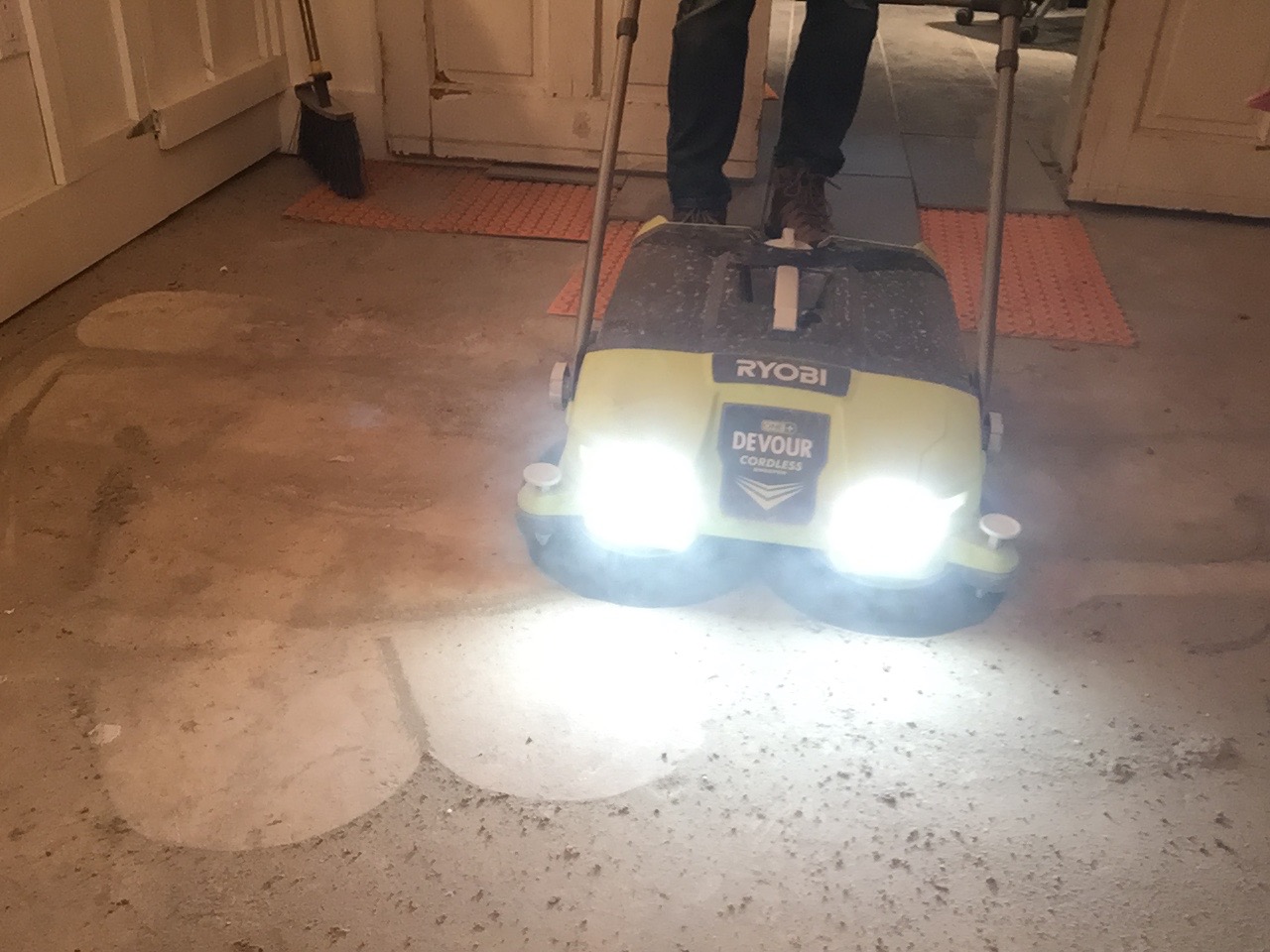


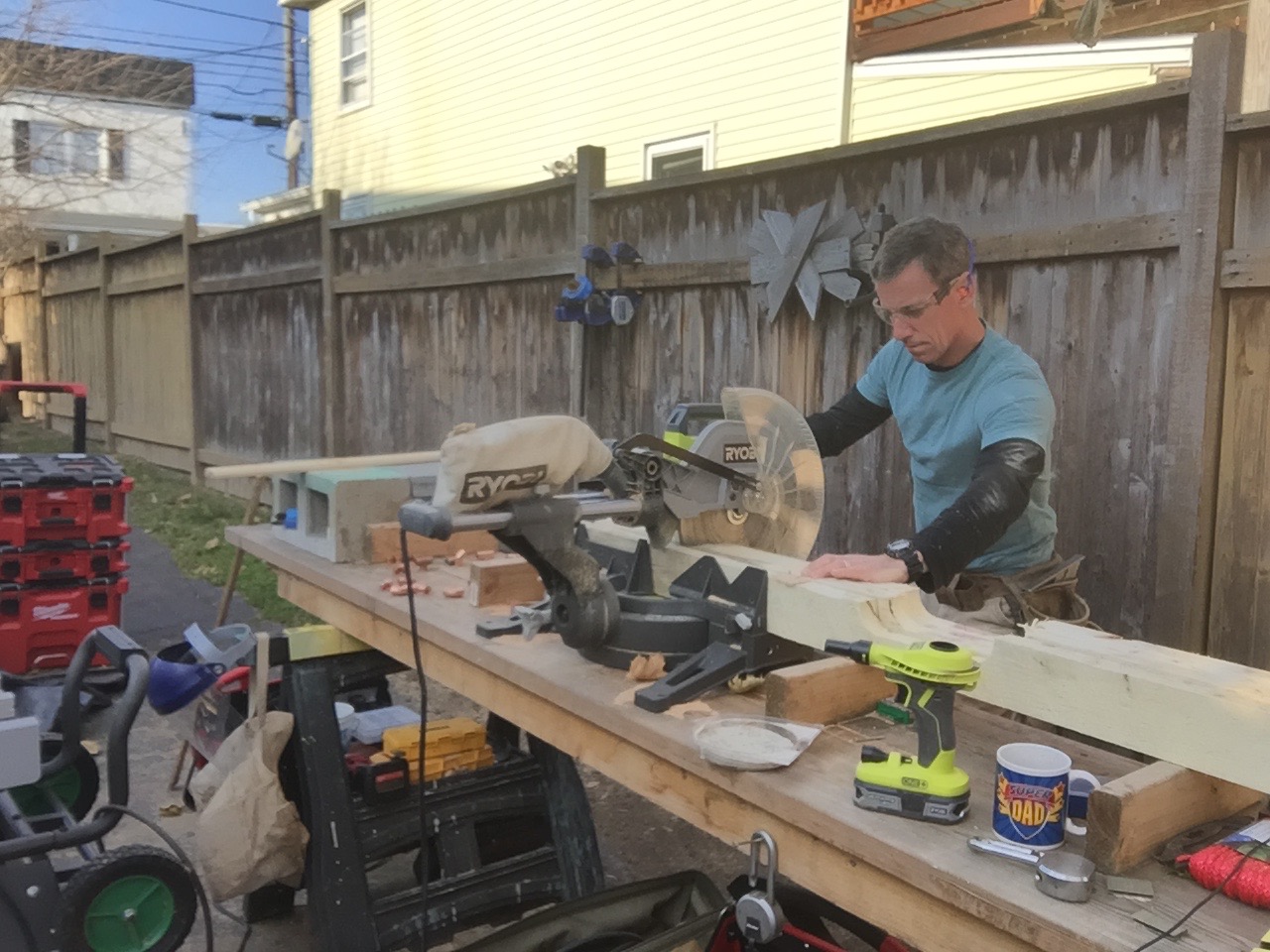
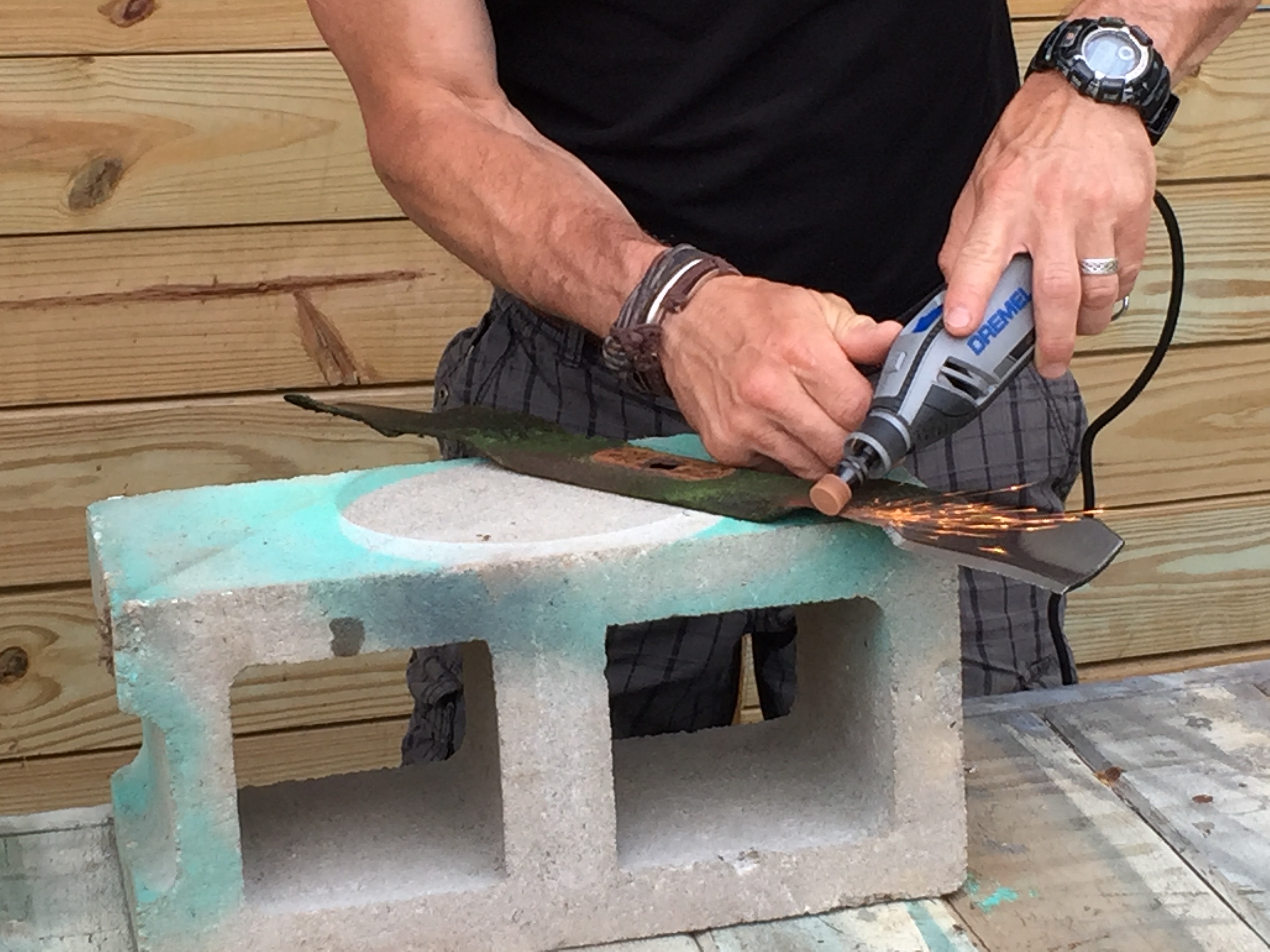

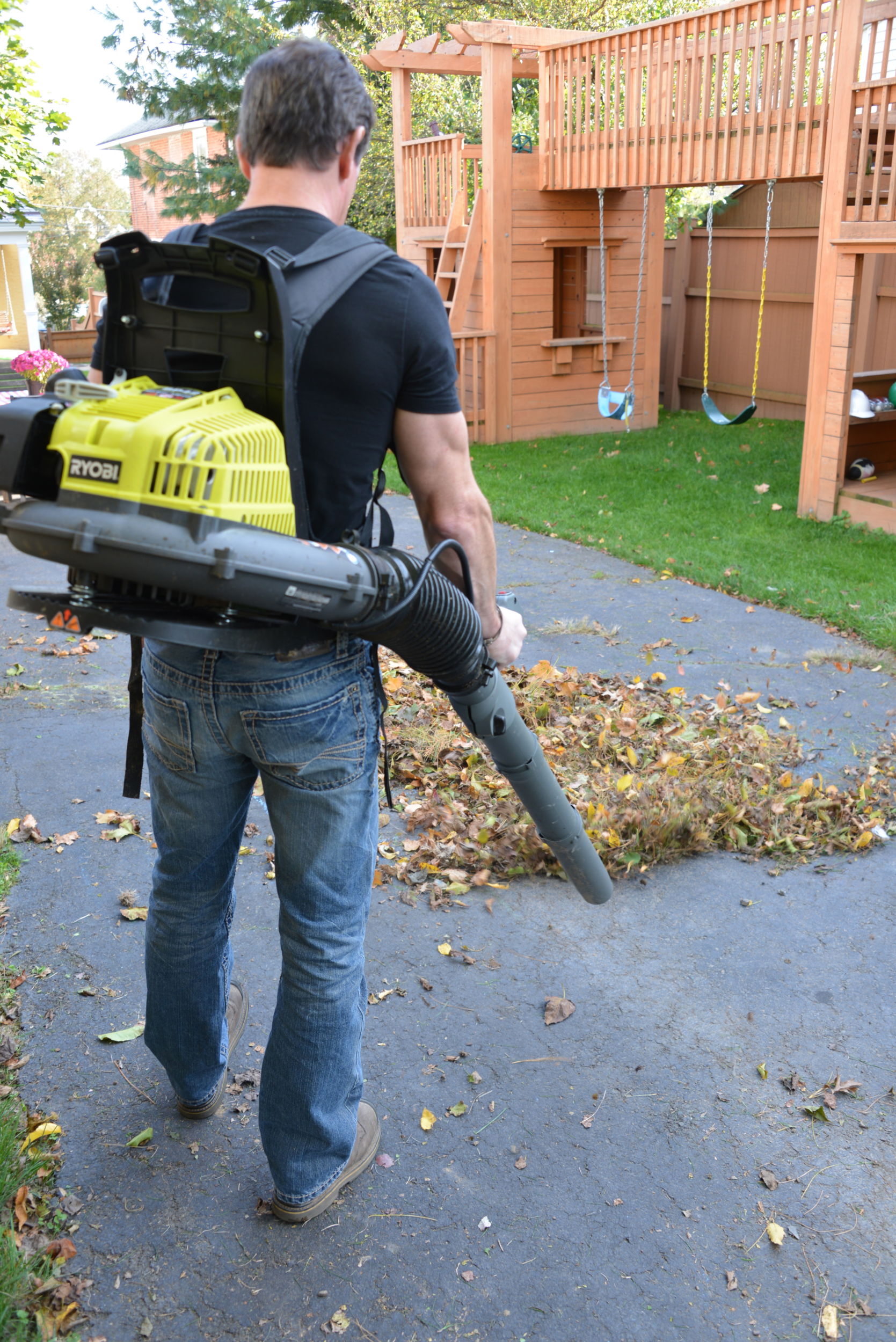
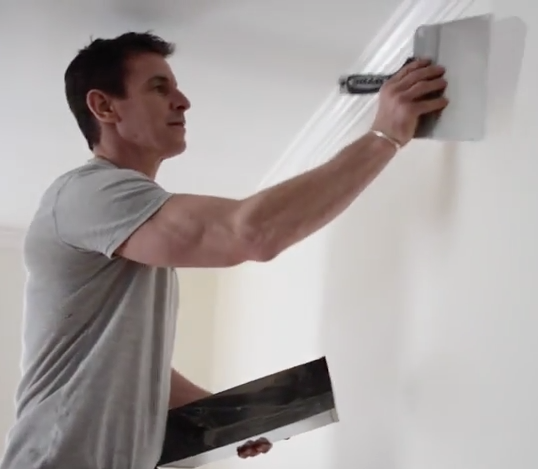
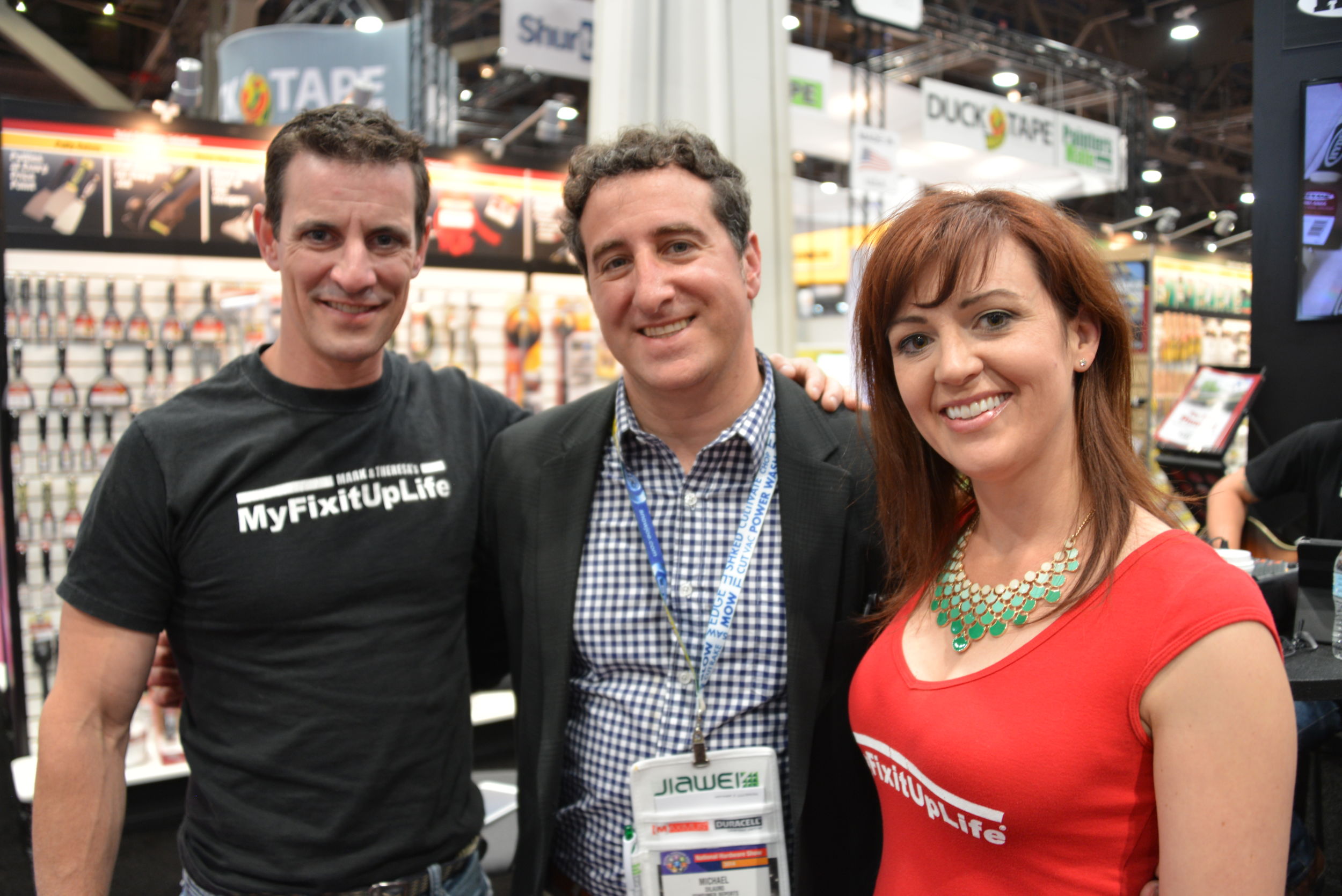
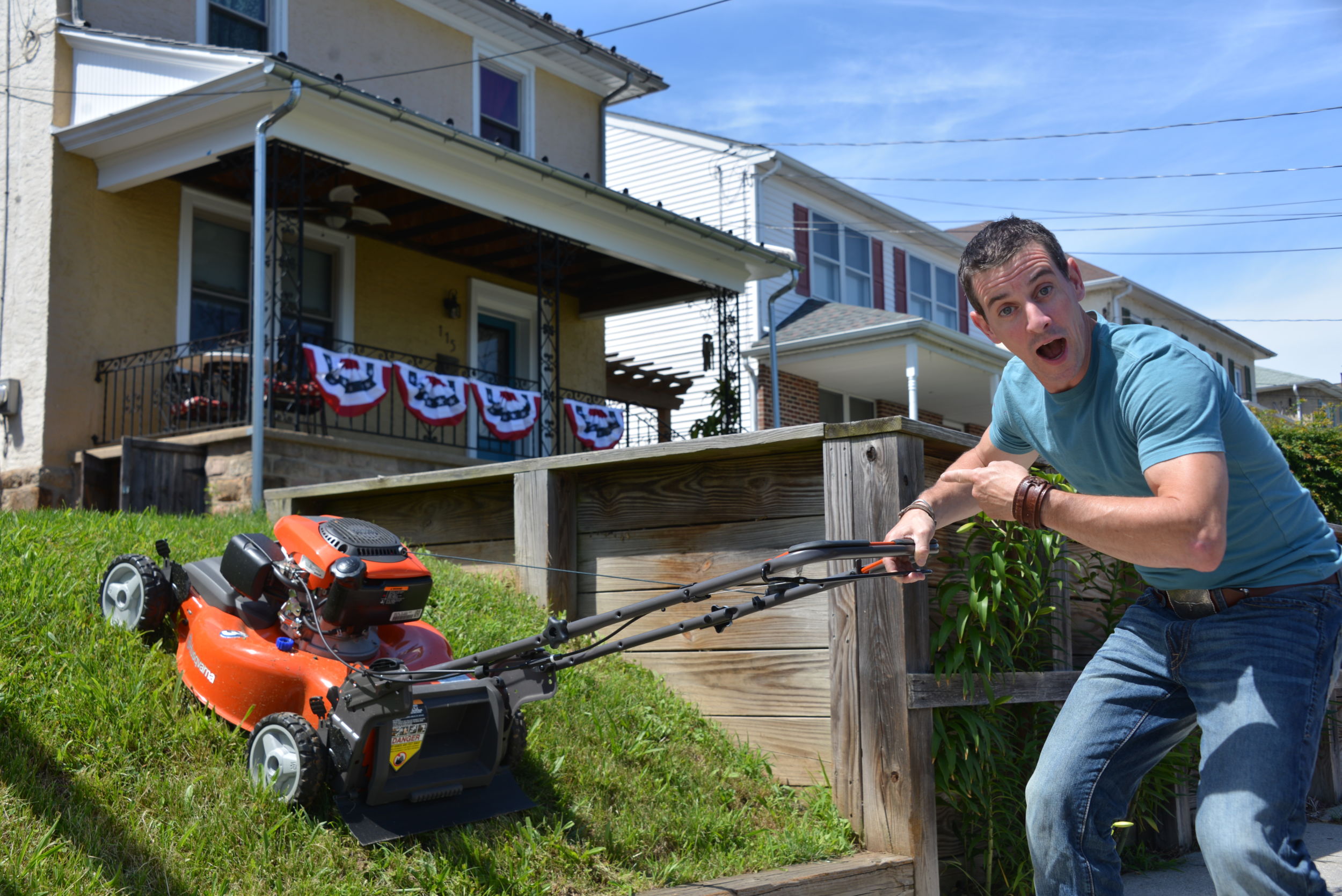

[…] Gouge. Getting your house ready for winter? Repairing a bathroom? There’s something—caulk, expanding foam—that’s peeling, cracking, etc. To get it out, gouge it out. Use the straight end, the curved end or both. It’s a gouging machine. And you can re-sharpen it. I use a bench top sander for that. […]
[…] I cleaned up the edges on all the tubing on the tool I love for work like this, my mighty bench sander. […]